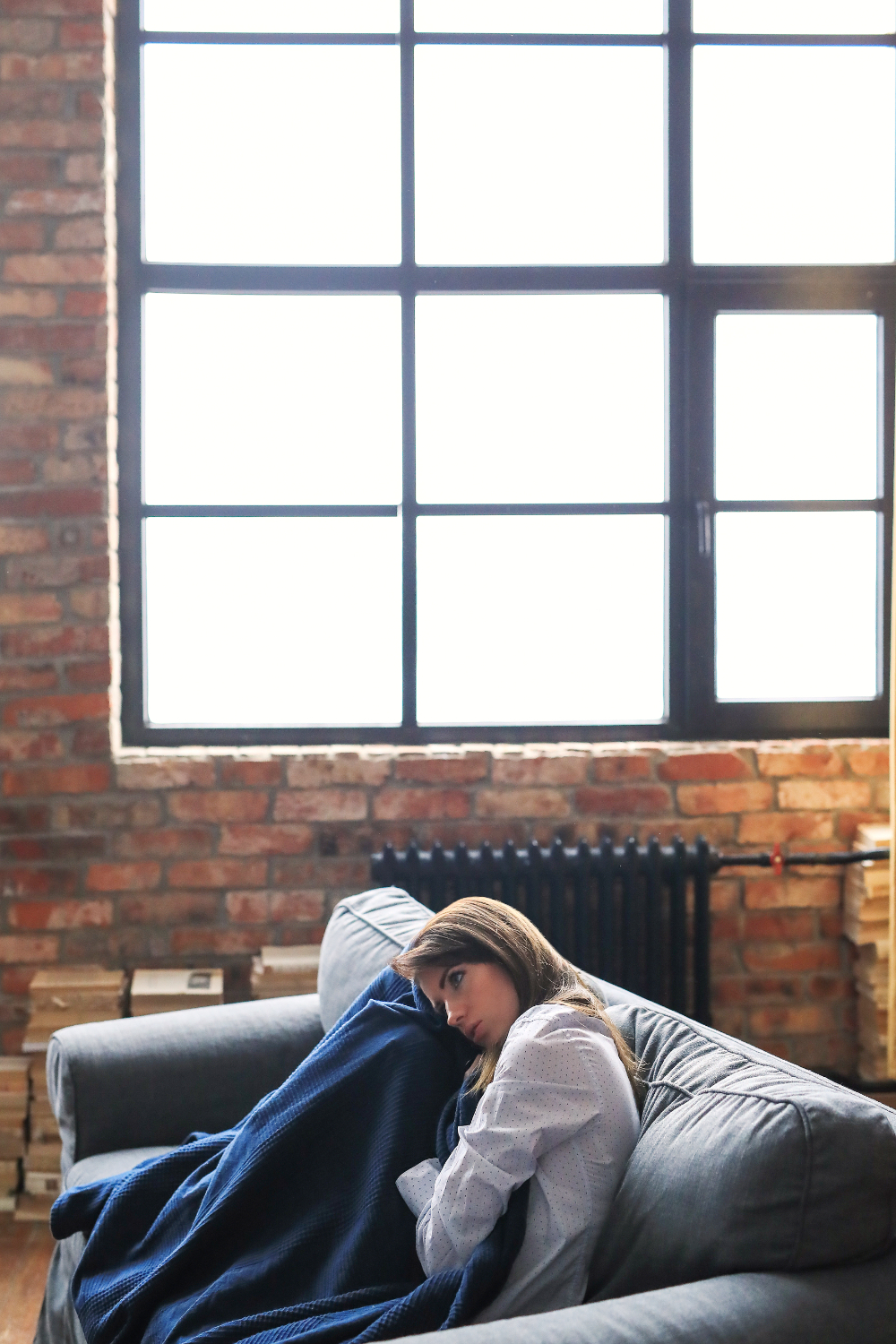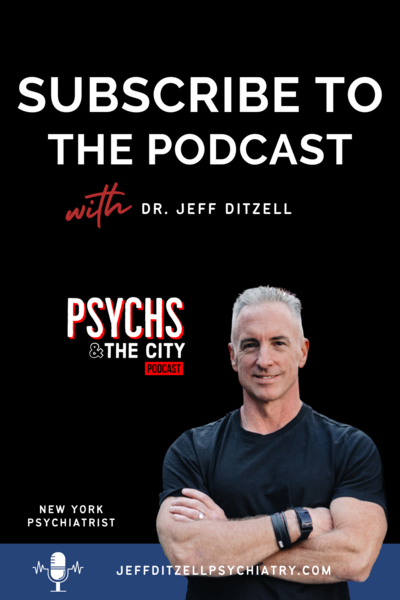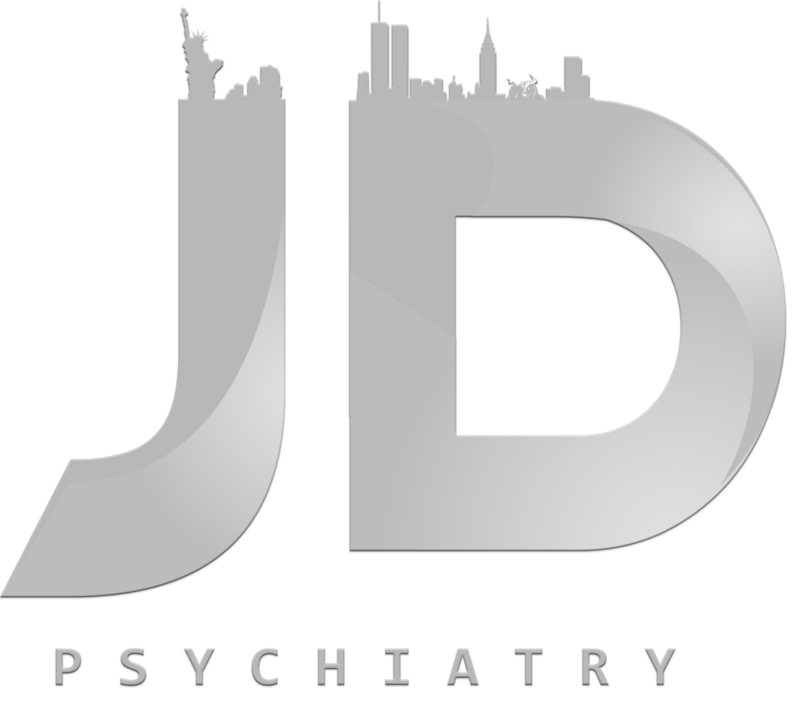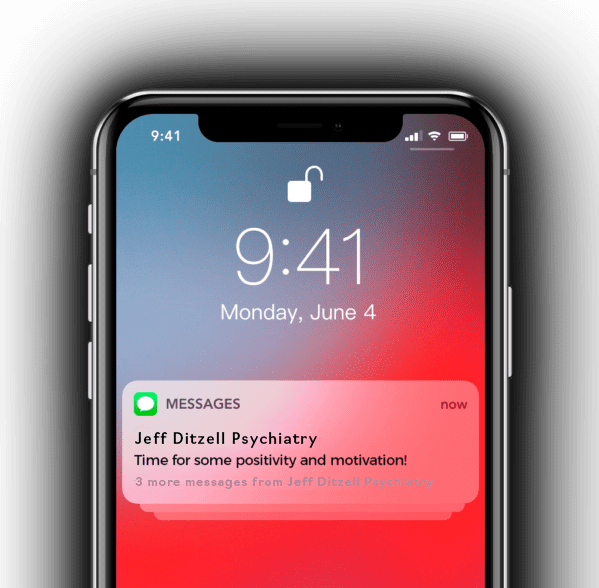Home / Mental Health Journal / Seasonal Affective Disorder

It’s that time of year again’¦the temperatures are dropping, the holidays are behind us, and the countdown is on for sunny Spring! Winter can be beautiful in many ways, however for some people the dropping temperatures are accompanied by a drop in mood. There’s a lot to be said about the Winter time blues, Seasonal Affective Disorder, and the difference between the two.
THE LOWDOWN ON SEASONAL LOW MOODS
During the colder months of the year people often find themselves experiencing mood shifts, feeling downcast and lethargic; this is known as ‘œthe winter blues’. The winter blues are real, but not to be confused with Seasonal Affective Disorder (SAD). SAD is a type of depression that is related to the change in seasons, typically starting in the fall and persisting throughout the Winter months. SAD is much more common in colder climates, with rates of the disorder increasing further away from the equator. The winter blues may have you feeling drained, but will not obstruct your ability to enjoy life. SAD on the other hand is a subset of Major Depressive Disorder and interferes with your day-to-day life. If you find yourself falling behind at work, lacking the ability to follow through with projects, or keep commitments to family and friends, you may be dealing with something more than ‘œthe winter blues’ and should consider speaking with a professional.
Seasonal mood changes occur for a lot of people, so I’d like to help increase an understanding of what causes these shifts in mood. The Winter months are compounded by shorter, colder days and longer, darker nights. This change disrupts our circadian rhythm, affecting not only our sleep but also our hormone levels, which all have an effect on our mood. The reduced sunlight causes an increase in melatonin and a decrease in serotonin production in our brain. Melatonin regulates our sleep-wake cycle; when production is too high it causes excessive sleepiness and altered mood. Some people who have trouble sleeping take a melatonin supplement to help them sleep better, so you can imagine how tired you’ll feel if your body is producing too much! Serotonin is a neurotransmitter that is linked to mood regulation, appetite, and sleep. When serotonin levels drop, our mood follows suit. The combination of too much melatonin and too little serotonin can trigger Seasonal Affective Disorder. Short of moving to a warmer climate or vacationing on a sunny beach all winter, there are other ways to alleviate symptoms of SAD and get you back to feeling like yourself. Medication is an option that can help balance the chemicals in your brain associated with depressive feelings. If using medications to treat a seasonal disorder such as SAD, it is important to speak with your doctor about weaning off properly when the season passes. Because sunlight is a major factor in seasonal disorders, getting outside during daylight hours is important as it increases serotonin production and can boost your mood. Light therapy is commonly used to replicate sunlight and helps with regulating melatonin. Talk therapy, more specifically cognitive behavioral therapy (CBT) is an effective way to treat all types of depression. And of course, exercise can do wonders to treat depression. We constantly express the important role exercise plays in mental health; if it could be bottled up in pill form it would be the most commonly prescribed drug!
I take a synergistic approach to treating my patients, which often includes life optimization coaching, diet, and exercise, as well as medication. While seasonal affective disorder is a temporal condition, it can occasionally turn into treatment-resistant depression. As the name implies, treatment options for this particular condition are limited. That being said, we have alternative options available, including the use of ketamine infusion therapy, which has shown promising results. Not all treatment options are viable for everyone, but there are various modalities that can help if you are struggling with any form of depression. If you’d like to talk to someone, we are here and happy to be a resource.

Dr. Jeff Ditzell, D.O. is the lead psychiatrist at Dr. Ditzell Psychiatry with over 25 years experience treating people for Anxiety, Depression, OCD, PTSD, Adult ADHD, Bipolar Disorder, using ketamine treatments, psychotherapy, and so much more.
 Hello,
I'm Dr. D!
Hello,
I'm Dr. D!
At my psychiatry practice in New York Cty, we're focused on giving you a 360 approach to mental health. It's time we end the stigma on mental health.

Your Modern Day Mental Health Podcast
Each week we'll explore all things Mental Health, Mindset, Fitness, and Psychiatry!
tell me more






